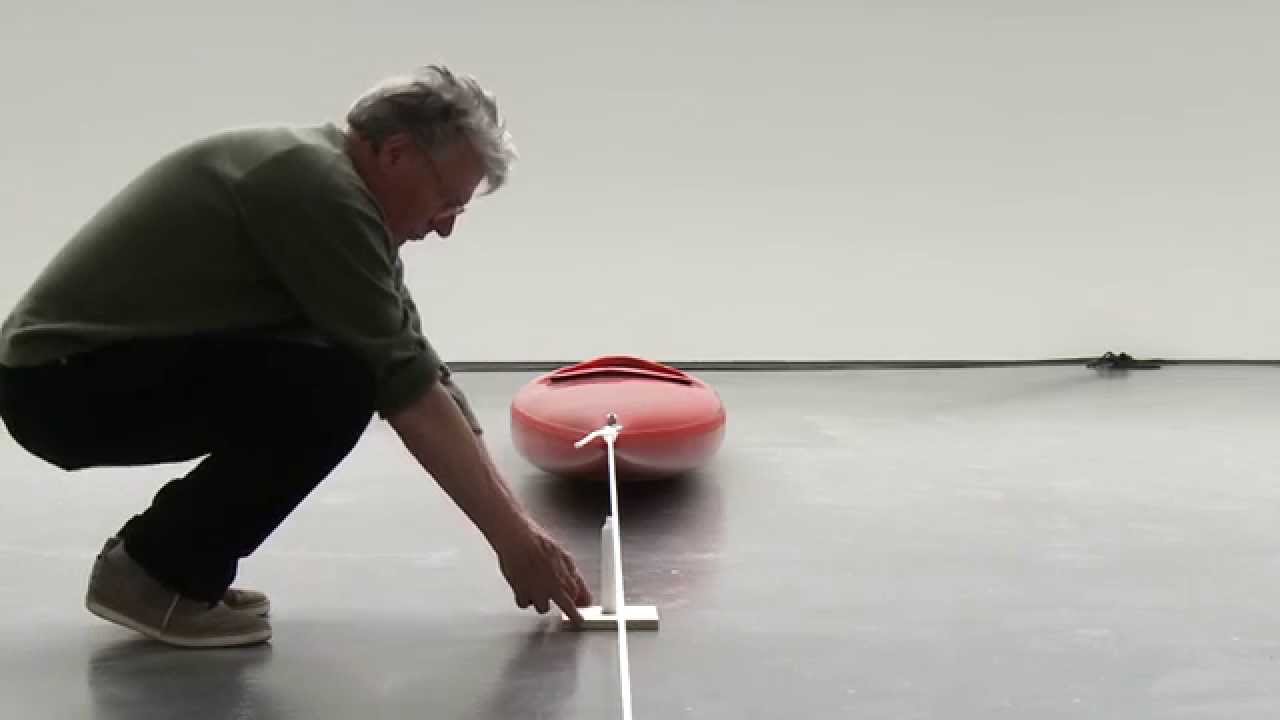
Robert Draws – Absurd Art has become one of the most divisive trends in the modern creative world. From bananas duct-taped to gallery walls to blank canvases sold for six figures, contemporary art seems to be shifting further away from traditional skill or message and leaning heavily into provocation and irony. These pieces, often labeled as “conceptual” or “avant-garde,” have sparked endless debates among critics, artists, and the public.
An artist taped a banana to a wall and sold it for $120,000. Later, the tape peeled off on its own. Another artist returned a blank canvas titled “Take the Money and Run” as a form of protest. That artist kept the money. In these kinds of works, the concept often dominates over the actual execution. Many creators now prioritize storytelling, symbolism, or even sarcasm over technique, labor, and craftsmanship. Audiences must interpret the meaning, reflect on the intention, and decide the value for themselves. Some people see depth in these pieces. Others, quite honestly, see them as absurd.
Absurd art has deep roots in early 20th-century movements like Dadaism. In that era, artists rebelled against conventional forms by creating deliberately nonsensical pieces. Marcel Duchamp introduced Fountain, a urinal presented as sculpture, and directly challenged the definition of art. Today, many artists continue this approach in a world where shock attracts attention and social media spreads the unusual. Major museums display these kinds of works regularly. Art dealers often place high prices on them. Collectors chase not only the artwork but also the hype surrounding it. Critics frequently argue over its merit. Auction houses and galleries proudly showcase and promote these pieces. A canvas painted in a single color might sell for hundreds of thousands of dollars, not because of the paint itself, but because people see a deeper concept in it. In this landscape, context drives value.
“Baca juga: Broken Bones, Unbreakable Spirit: The Story of Henri de Toulouse-Lautrec”
For many, the modern art world has become something of a circus. Some artists admit to creating deliberately meaningless work to expose the gullibility of the system. Others ride the wave of viral attention by presenting outlandish pieces with vague captions. A rock was placed on a pedestal and called a sculpture. The rock wasn’t altered. A man stared at a mirror and called it performance art. The audience clapped anyway. This raises the question: is the artist expressing something, or are they testing how far they can go before someone says, “This is nonsense”? The line between satire and sincerity has blurred so much that even experts struggle to identify intent. What was once a space for creative expression is increasingly viewed as a stage for conceptual pranks.
The modern viewer is no longer just a passive observer but a key player in the interpretation of art. Much of today’s absurd art relies on the audience’s imagination, perspective, or willingness to engage in deeper thought. In some cases, the viewer’s reaction becomes part of the art itself. A man walked around an empty gallery and called it a statement. The statement was applauded. A woman screamed for ten minutes on stage. The piece was reviewed as “emotionally raw.” In this framework, value becomes subjective. If someone finds meaning, then the art is justified. If no one does, it still might be. The very act of questioning whether it’s art makes it art, according to some.
“Read more: Crackdown Begins: G7 Targets Global Trafficking Networks”
Ironically, absurd art often claims to criticize capitalist values, materialism, or commodification—but is sold for astronomical prices. The art world itself has become part of the commercial system it claims to satirize. Museums, collectors, and influencers play their roles in sustaining this dynamic. Artworks are priced not by labor but by name recognition. Hype determines their importance. Galleries promote works for their Instagram potential. Critics chase trends. Some argue that this contradiction is intentional. Artists are exposing the absurdity of modern life by being absurd themselves. Others argue it’s just a convenient excuse to avoid doing the hard work of creating something lasting or skillful.
This question has haunted the art world for decades, but it grows louder in the age of digital virality. With everyone a content creator and everything a possible “statement,” the bar for what constitutes art has become increasingly ambiguous. A tweet was printed on canvas and sold as a digital art piece. The content was never changed A bag of air was labeled as sculpture. The gallery framed it. What we accept as art now reflects more about us as a society than about the object itself. Perhaps the absurdity of modern life demands equally absurd artistic responses. Or perhaps we’ve simply lost touch with the essence of what art once was.